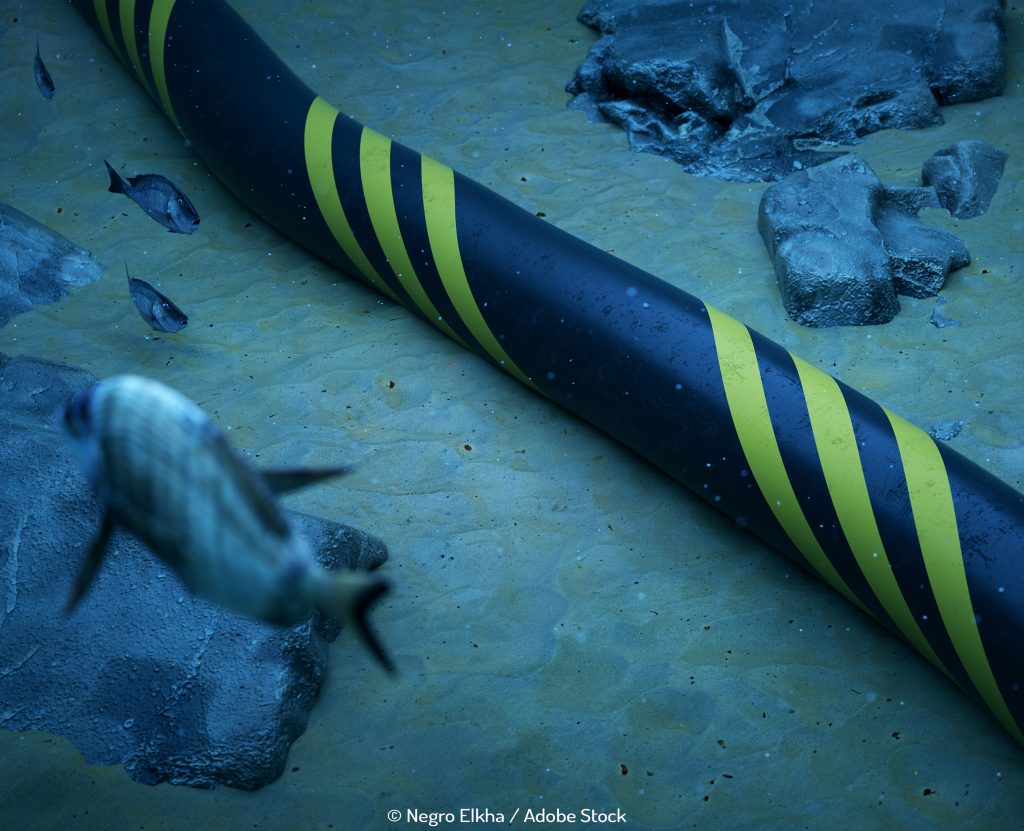Baltic Offshore Wind One Step Closer with Ørsted-Enefit MoU
A memorandum of understanding (MoU) signed between the Danish green energy giant Ørsted and the Baltic utilities company Enefit moves offshore wind in the Baltics one step nearer reality. The MoU outlines a joint vision to become the leading offshore wind developer in the region, starting with the first Baltic wind farm in the Gulf of Riga before 2030.
Ørsted develop, build and operate all forms of green energy production including, offshore and onshore wind, solar, energy storage and bioenergy facilities. Currently employing over 6,000 people, Ørsted’s offshore wind knowledge will be vital in developing the Gulf of Riga farm.
Enefit is the leading wind energy producer in the Baltics. It hopes to play an integral part in leading the Baltic transition to green energy. With 4,500 employees, it has unparalleled local knowledge to assist in the development of the Baltic’s offshore wind ambitions.
Following on from the Latvian and Estonian governments Autumn 2020 ambition to develop a joint offshore wind farm, the Ørsted-Enefit MoU is the first step in making that a reality. Expressing a wish to establish a joint venture for Baltic offshore wind opportunities, the MoU specifically includes the Liivi offshore wind project in the Estonian Gulf of Riga.
An application has also been submitted for a neighbouring site in Latvian waters that would enable the joint venture to deliver a cross-border hybrid solution to both Latvia and Estonia. Using the transmission cables for the two sites as an interconnector between countries. The cross-border solution would be a significant step for both countries in their expressed desire to desynchronise from the Russian grid and decarbonise. With Estonia in particular, looking to phase out shale oil as a part of its climate targets.
The Head of Region Continental Europe at Ørsted, Rasmus Errboe was quoted as saying:
“We are very excited about teaming up with Enefit, with the goal of developing offshore wind opportunities in the Baltic countries. With the right regulatory framework in place, offshore wind can deliver large-scale green energy in Estonia and Latvia before 2030. The sheer size of offshore wind farms makes them ideal for cross-border hybrid solutions, and we commend the Estonian and Latvian governments for their leadership in advancing regional corporation on large-scale renewable energy production. The Baltic Sea area is becoming a centre for offshore wind build-out which will contribute significantly to the decarbonisation efforts of both the region and the European economy. The Baltic countries can to a large extend be powered by renewable energy from offshore wind, and we look forward to team up with Enefit to realise this potential.”
The Baltic sea has an estimated potential of 90GW in offshore wind generating capacity and is a significant site of focus to help the EU reach its stated goal of 60GW of offshore wind capacity by 2030. The Baltic EU member states have signed the Baltic Sea Offshore Wind Declaration as a method to accelerate the offshore wind industry in the region and help to reach both national and international climate targets.
Enefit is hopeful the emerging industry will be the beginning of local competence and jobs in the decades to come. Hando Sutter, Chairman of the Management Board of Enefit, said:
“Our renewable energy company, Enefit Green, is already the leader of onshore wind in the region and now also aims to take the lead in offshore wind. We have been preparing an offshore wind farm in the Gulf of Riga for more than 10 years, which has given us a good knowledge of the local offshore wind conditions and makes this collaboration well positioned to deliver on the ambitious 2030 targets for Estonia and the Baltic countries. Together with the world’s leading developer of offshore wind farms, Ørsted, we now take an important step towards our vision of delivering offshore wind energy in the Baltic countries before 2030. It is essential that offshore wind will be developed in an environmentally friendly way that involves local communities so that they can benefit from the wind farm. The construction of offshore wind farms, like the Liivi or North Western Estonia (Hiiumaa) project, could create the conditions for the emergence of a new industry with professional competences and highly qualified long-term jobs in the fields of energy, transport, and logistics. During the construction of an offshore wind farm of this size, thousands of jobs will be created, including in Estonia and Latvia,”


